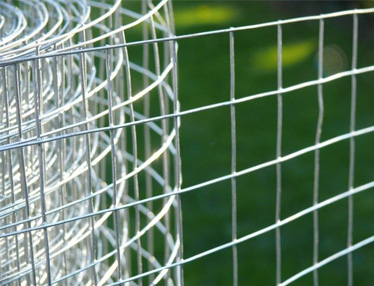Oct . 21, 2024 13:18 Back to list
Properties and Applications of Deformed Steel Bars in Construction Industry
Understanding Deformed Steel Bars Characteristics and Applications
Deformed steel bars, commonly known as rebar, play a pivotal role in the construction industry, enhancing the strength and stability of concrete structures. Unlike plain steel bars, deformed steel bars have surface patterns or ribs that significantly improve their bonding with concrete, making them essential for a wide range of construction applications.
What is Deformed Steel Bar?
Deformed steel bars are made from carbon steel and are produced in various grades and diameters, typically ranging from 6mm to 40mm. The deformation or ribbing on the surface of these bars increases the surface area, allowing for better mechanical interlocking when embedded in concrete. This feature is crucial because concrete has high compressive strength but low tensile strength. The incorporation of deformed bars results in a composite material that can better withstand various stresses.
Manufacturing Process
The manufacturing of deformed steel bars involves several stages, starting with the melting of raw steel in an electric arc furnace. The molten steel is then cast into billets, which are reheated and rolled into the desired shape and size in a process known as hot rolling. Once rolled, the bars are cooled and may go through a process of surface treatment to enhance corrosion resistance. The resulting product is a high-strength steel bar that meets specific standards set by organizations such as ASTM and BS.
Benefits of Using Deformed Steel Bars
1. Enhanced Bonding with Concrete The ribs on deformed steel bars create a mechanical interlock with concrete, enhancing its tensile strength and reducing the risk of structural failure.
2. High Load-Bearing Capacity Deformed bars can withstand high loads and stresses, making them ideal for use in bridges, buildings, and other heavy construction projects.
deformed steel bar

4. Versatility Available in various sizes and grades, deformed steel bars can be used in different structural applications, from residential buildings to large commercial projects.
5. Cost-Effectiveness Although the initial cost might be higher than plain bars, the long-term savings from reduced maintenance and repairs make deformed bars a more economical choice.
Applications in Construction
Deformed steel bars are widely used in various types of construction projects, including
- Reinforced Concrete Structures They are the primary choice for reinforcing concrete beams, columns, slabs, and foundations to withstand tensile forces.
- Bridges The high tensile strength and durability of deformed bars make them ideal for constructing dependable and long-lasting bridges.
- High-Rise Buildings In tall structures where loads are significant, deformed bars provide the necessary support and stability.
- Industrial Structures Factories and warehouses often utilize reinforced concrete, where deformed steel bars are used to support heavy machinery and equipment.
Conclusion
Deformed steel bars are a fundamental component of modern construction, offering numerous benefits that enhance the safety and durability of structures. As the construction industry continues to evolve, the demand for high-quality deformed steel bars is expected to rise, driven by the need for stronger and more resilient buildings. Understanding the characteristics and applications of these crucial materials allows engineers and architects to design safer, more efficient structures that stand the test of time. For anyone involved in construction, mastering the knowledge of deformed steel bars is not just beneficial—it’s essential.
-
High-Quality Steel Grating Solutions for Industrial Applications | Durable, Safety, Customization
NewsJul.13,2025
-
Advanced Solutions-CompanyX|Enterprise Efficiency&Cost Reduction
NewsJul.13,2025
-
Sustainable Manufacturing-EcoTech Innovations|Waste-to-Energy System&Zero Emissions
NewsJul.13,2025
-
Welded Wire Mesh- Buildings Wiremesh Co., Ltd.|Durable Construction Material&Industrial Strength Solution
NewsJul.13,2025
-
Smart Production Solutions-Example Corp|AI Automation&IoT Monitoring
NewsJul.13,2025
-
Advanced Industrial Solutions-Advanced Industrial Solutions|Manufacturing Efficiency&Productivity
NewsJul.13,2025

